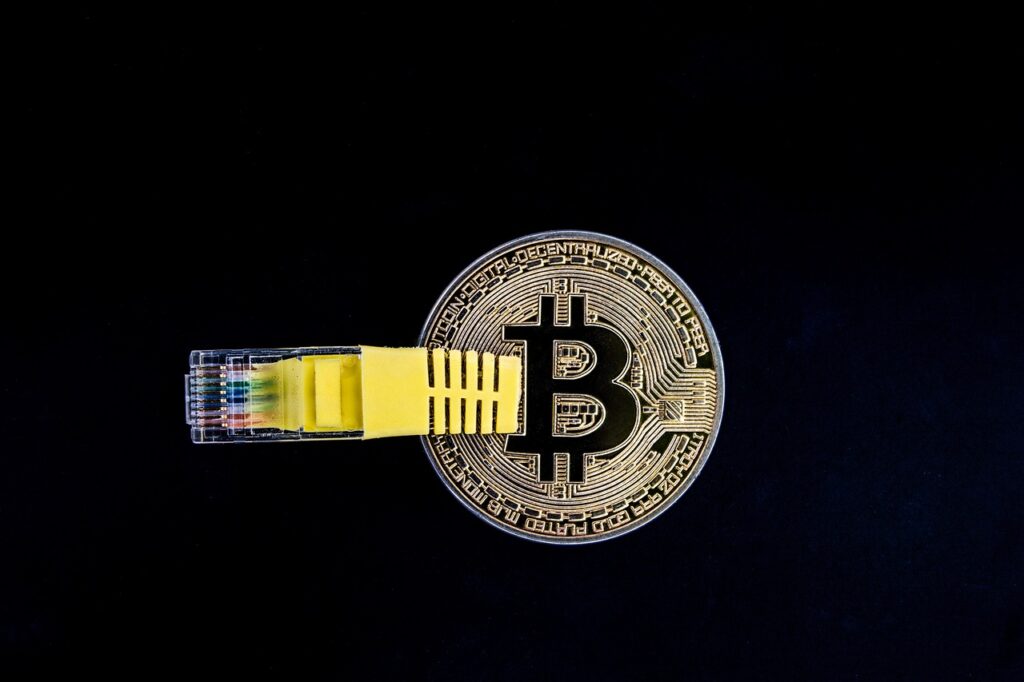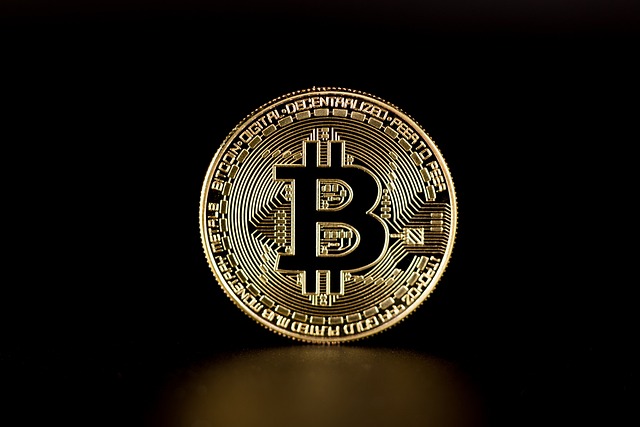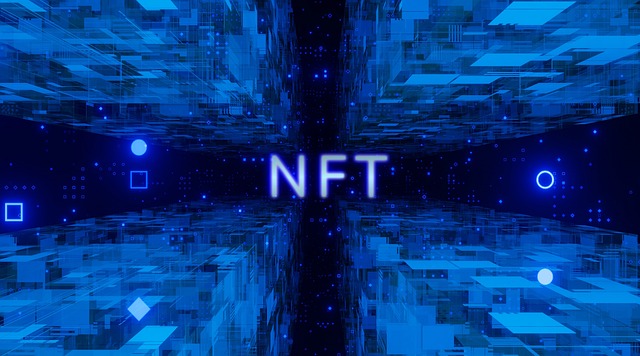Investing Wisely: How to Choose DeFi Projects
Investing Wisely: How to Choose DeFi Projects

Factors to Consider When Evaluating DeFi Projects
First and foremost, it is important to carefully evaluate the team behind a DeFi project. Look for a team that has a proven track record in the crypto or finance industry, as their expertise and experience will greatly influence the project’s success. Consider the team’s level of transparency and communication with the community as well. A cohesive and trustworthy team will be more likely to navigate any challenges that arise in the dynamic DeFi landscape.
Secondly, assessing the technology and security of a DeFi project is absolutely crucial. Look for projects that utilize cutting-edge technology and have strong security measures in place to protect user funds and data. Conduct thorough research on the project’s smart contract code and audit reports to ensure that it has been properly vetted for potential vulnerabilities. Security breaches can have dire consequences in the world of DeFi, so it’s essential to prioritize safety when evaluating projects.
Important Metrics to Assess DeFi Projects
When it comes to evaluating DeFi projects, there are several important metrics that investors should consider. One such metric is the Total Value Locked (TVL), which refers to the amount of cryptocurrency locked in a DeFi protocol. This metric provides insights into the popularity and adoption of the project. A high TVL indicates a greater level of trust and confidence from users.
Another key metric is the liquidity of the project, which can be determined by analyzing the trading volume and depth of the liquidity pool. A deep and liquid market ensures that users can easily buy and sell assets without experiencing significant price slippage. High trading volume suggests a vibrant and active community, which is crucial for the success and sustainability of a DeFi project.
In addition to TVL and liquidity, it is essential to evaluate the project’s transaction fees and gas costs. High fees can deter users from participating in the ecosystem, limiting its growth potential. Ensuring that the fees are reasonable and competitive compared to other DeFi projects will attract more users and encourage greater participation.
Ultimately, assessing these metrics will provide a better understanding of the project’s popularity, stability, and potential for future growth. By considering these important metrics, investors can make more informed decisions when evaluating DeFi projects.
Understanding the Team Behind DeFi Projects
When evaluating DeFi projects, it is crucial to understand the team behind them. The team plays a vital role in determining the success and credibility of a project. Look for experienced leaders who have a deep understanding of blockchain technology and the DeFi space. A strong and knowledgeable team will have the expertise to navigate the complexities of decentralized finance and drive the project forward. Additionally, consider their track record and previous achievements in the industry. A team with a proven history of delivering successful projects instills confidence and increases the likelihood of project success.
Aside from expertise, it is important to assess the team’s transparency and communication skills. Clear and effective communication is essential in the DeFi ecosystem as it allows investors and users to stay informed about project updates and potential risks. Take a look at the team’s social media presence, community engagement, and responsiveness to inquiries. A team that actively engages with its community and addresses concerns demonstrates a commitment to building trust and fostering a collaborative environment. As such, transparency and communication are key factors to consider when evaluating the team behind DeFi projects.
Evaluating the Technology and Security of DeFi Projects
While evaluating the technology and security of DeFi projects, it is essential to pay close attention to the underlying blockchain technology that powers these projects. The blockchain serves as the foundation for DeFi applications, and it is crucial to assess the scalability, speed, and security of the blockchain network being utilized. Additionally, understanding the consensus mechanism employed by the blockchain can provide insight into the project’s resilience and immutability.
Another crucial aspect to consider is the smart contract functionality of the DeFi project. Smart contracts are the building blocks of decentralized finance and determine the rules and logic that govern these applications. It is vital to conduct a thorough audit of the project’s smart contract code to identify potential vulnerabilities and ensure that adequate security measures are in place. Additionally, assessing the track record and experience of the project’s development team in working with smart contracts can provide reassurance regarding the security aspect of the project’s technology.
Examining the Tokenomics of DeFi Projects
Tokenomics plays a crucial role in the evaluation of DeFi projects. It refers to the economics of a decentralized finance project, specifically the design and distribution of its native tokens. When examining the tokenomics, one important aspect to consider is the token supply. A project with a limited token supply may increase the scarcity and demand for the token, potentially leading to higher prices. On the other hand, projects with a large token supply might face challenges in maintaining value and avoiding inflationary pressures. Therefore, understanding the token supply dynamics and its potential impact on the project’s long-term viability is essential.
Another key factor in evaluating tokenomics is the token distribution model.

Assessing the Market Potential of DeFi Projects
Evaluating the market potential of DeFi projects is crucial for investors looking to make informed decisions. One of the key factors to consider is the demand for the particular DeFi solution being offered. A project that addresses a pressing need in the market and provides a convenient and efficient solution is likely to have high market potential. It is important to analyze the target audience and determine if there is a large enough user base to support the project’s growth and sustainability.
Furthermore, the competitive landscape should be thoroughly examined. Understanding how the project stacks up against its competitors, and whether or not it offers unique features or advantages, is essential. A project that stands out in terms of innovation, usability, or security has a better chance of gaining market share and attracting users. Additionally, it is important to assess the project’s scalability and potential for future growth. A project that has a clear roadmap for expansion and can adapt to changing market conditions is more likely to succeed in the long run. By carefully evaluating these market factors, investors can better assess the potential of DeFi projects and make informed investment decisions.
Analyzing the Decentralization and Governance of DeFi Projects
When evaluating decentralized finance (DeFi) projects, it is crucial to analyze the level of decentralization and the governance mechanisms in place. Decentralization refers to the degree to which decision-making power and control over the project are distributed among participants. A more decentralized project typically means that no single entity has excessive control or authority, which can help to ensure transparency and prevent manipulation.
To assess the decentralization of a DeFi project, examine the distribution of tokens and voting rights. Look for projects where tokens are widely distributed among a diverse set of participants, rather than being controlled by a select few. Additionally, evaluate the voting mechanisms that determine project changes and upgrades. Ideally, a DeFi project should have a transparent and inclusive governance structure, where community members have the opportunity to participate and voice their opinions on key decisions. By analyzing decentralization and governance, you can gain valuable insights into the project’s stability and the potential for democratic decision-making processes.
Considering the User Adoption and Community of DeFi Projects
User adoption and community play a crucial role in the success of any decentralized finance (DeFi) project. When evaluating a DeFi project, it is essential to consider how widely adopted it is within the crypto community. A project with a strong and active user base indicates that it is gaining traction and trust among investors and users alike. This can be identified by looking at the number of active users, trading volumes, and the overall popularity of the project.
Furthermore, the community surrounding a DeFi project is equally important. A vibrant and engaged community signifies that the project has a solid support system. It is advisable to evaluate the community engagement in terms of online discussions, social media presence, and active participation in the project’s governance. A lively community not only fosters trust among users but also promotes innovation and contributes to the long-term sustainability of the project. Therefore, when assessing a DeFi project, taking into account both user adoption and the strength of its community can provide valuable insights into its potential for success.
Evaluating the Risks and Potential Returns of DeFi Projects
When it comes to evaluating the risks and potential returns of DeFi projects, it is crucial to conduct thorough research and analysis.

Another risk to be aware of is the security of the DeFi project. While blockchain technology is generally considered secure, there have been instances of hacks and vulnerabilities in DeFi projects. It is important to assess the project’s security measures and the track record of the development team.

• Volatility of the market: DeFi projects are tied to cryptocurrencies, which are known for their fluctuating prices.
• Value of investment can change rapidly: Potential for significant gains or losses.
• Need to be prepared for volatility and have a risk mitigation strategy in place.
• Security of the DeFi project is another important risk factor to consider.
• While blockchain technology is generally secure, there have been instances of hacks and vulnerabilities in DeFi projects.
• Assess the project’s security measures and track record of the development team.
• Look for audits and implemented security protocols to safeguard users’ funds.
By conducting thorough research and analysis, you can evaluate these risks and potential returns associated with DeFi projects. It is crucial to understand the volatility of the market and be prepared for rapid changes in value. Additionally, assessing the security measures implemented by a project can help mitigate potential risks. With this information, you will be better equipped to make informed decisions about investing in DeFi projects.
Tips for Diversifying Your DeFi Investments
When it comes to diversifying your DeFi investments, one important tip is to spread your funds across different projects. Putting all your eggs in one basket can be risky, especially in the volatile world of decentralized finance. By investing in a variety of projects, you can reduce your exposure to any one project’s potential risks and increase your chances of finding success in the market.
Another tip is to consider investing in various sectors within the DeFi ecosystem. Instead of just focusing on one aspect, such as lending or decentralized exchanges, explore different opportunities like yield farming, liquidity provision, or synthetic assets. By diversifying across different sectors, you can tap into multiple revenue streams and potentially maximize your returns. Keep in mind that each sector may have its own set of risks and rewards, so it’s crucial to do your research and understand the dynamics of each sector before making any investment decisions.
What factors should I consider when evaluating DeFi projects?
When evaluating DeFi projects, consider factors such as the team behind the project, the technology and security measures in place, the tokenomics, market potential, decentralization and governance, user adoption and community, as well as the potential risks and returns.
What are some important metrics to assess DeFi projects?
Important metrics to assess DeFi projects include total value locked (TVL), liquidity, trading volume, user growth, and the percentage of tokens held by the team or early investors.
How can I understand the team behind DeFi projects?
To understand the team behind DeFi projects, research their backgrounds, experience in the industry, and track record of successful projects. Look for transparency and active communication with the community.
How can I evaluate the technology and security of DeFi projects?
Evaluate the technology and security of DeFi projects by assessing the smart contract audits, security measures in place, and previous security incidents. Look for projects that prioritize security and have a robust technical infrastructure.
How can I examine the tokenomics of DeFi projects?
Examine the tokenomics of DeFi projects by understanding the token supply, distribution, inflation rate, token utility, and any mechanisms in place for token holders to participate in the project’s ecosystem.
How can I assess the market potential of DeFi projects?
Assess the market potential of DeFi projects by analyzing the demand for the project’s services, the size of the target market, competition, and potential partnerships or integrations that could drive adoption.
What should I consider when analyzing the decentralization and governance of DeFi projects?
When analyzing the decentralization and governance of DeFi projects, consider factors such as the distribution of decision-making power, the level of community involvement, and the ability for token holders to participate in governance processes.
Why is considering user adoption and community important when evaluating DeFi projects?
Considering user adoption and community is important when evaluating DeFi projects because a strong and engaged user base indicates demand and potential for growth. A supportive community can also contribute to the project’s success.
How can I evaluate the risks and potential returns of DeFi projects?
Evaluate the risks and potential returns of DeFi projects by assessing factors such as market volatility, regulatory risks, project-specific risks, and the potential for high returns based on the project’s value proposition and market demand.
What are some tips for diversifying my DeFi investments?
Some tips for diversifying your DeFi investments include investing in multiple projects across different sectors, considering different risk profiles, and regularly reviewing and rebalancing your investment portfolio.
Todays Featured Product:
Buy, exchange and grow your crypto securely with a Ledger hardware wallet, combined with the Ledger Live app. It’s never been easier to keep your crypto safe and accessible. Buy direct from Ledger.com and get todays Special Offers Here.




